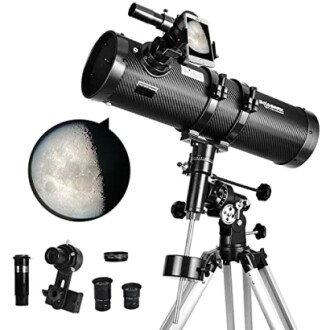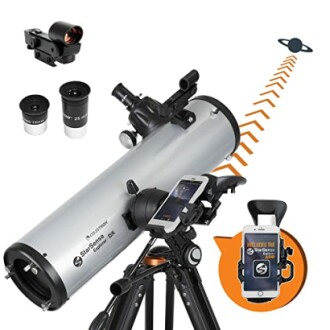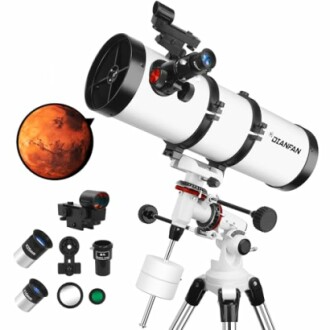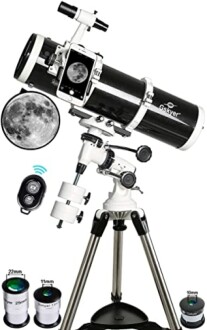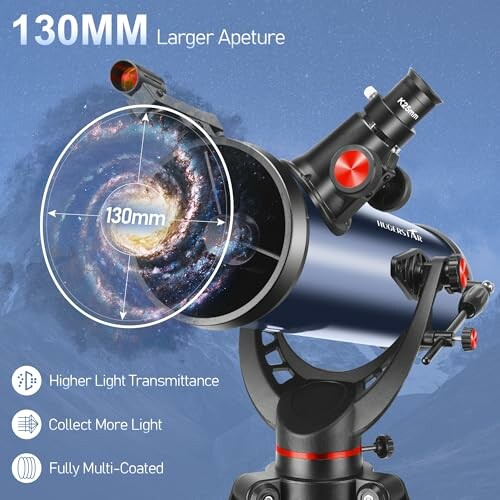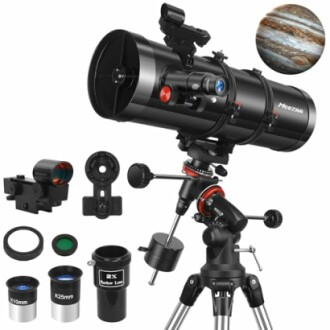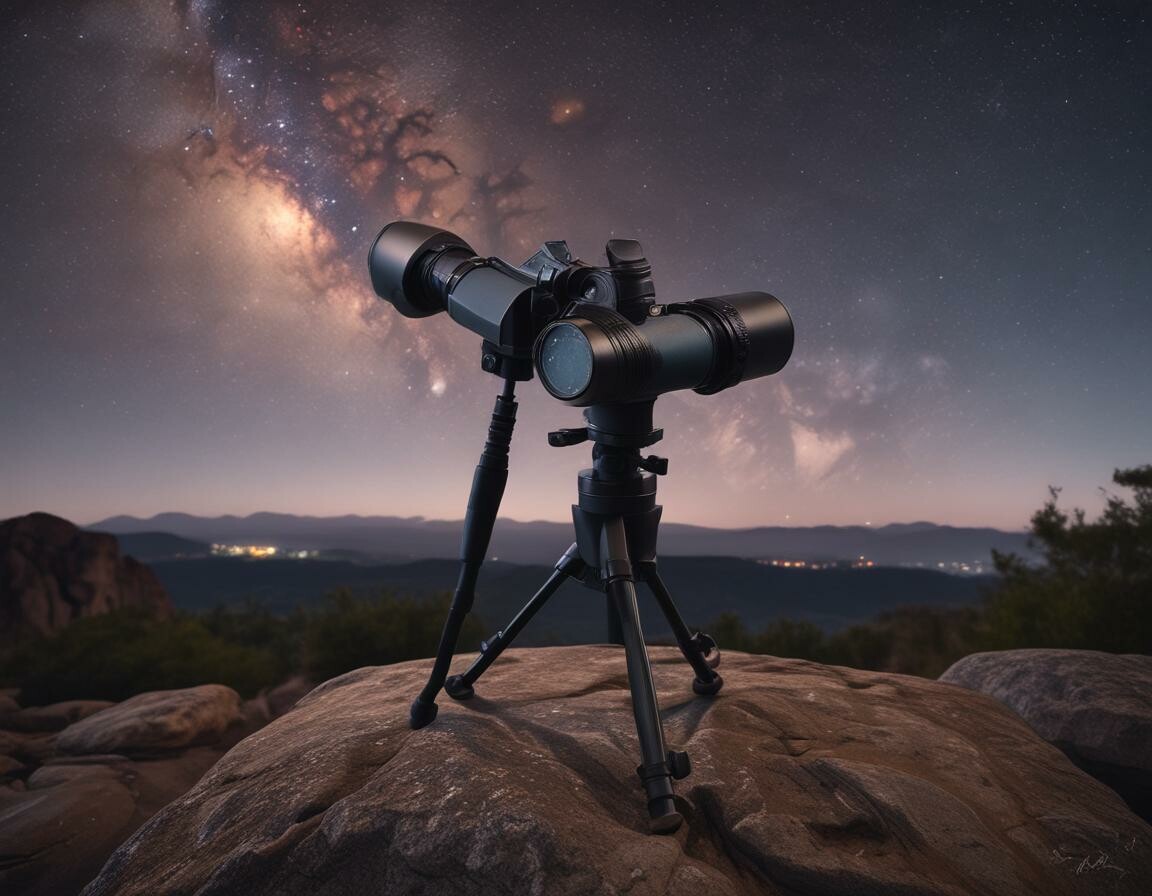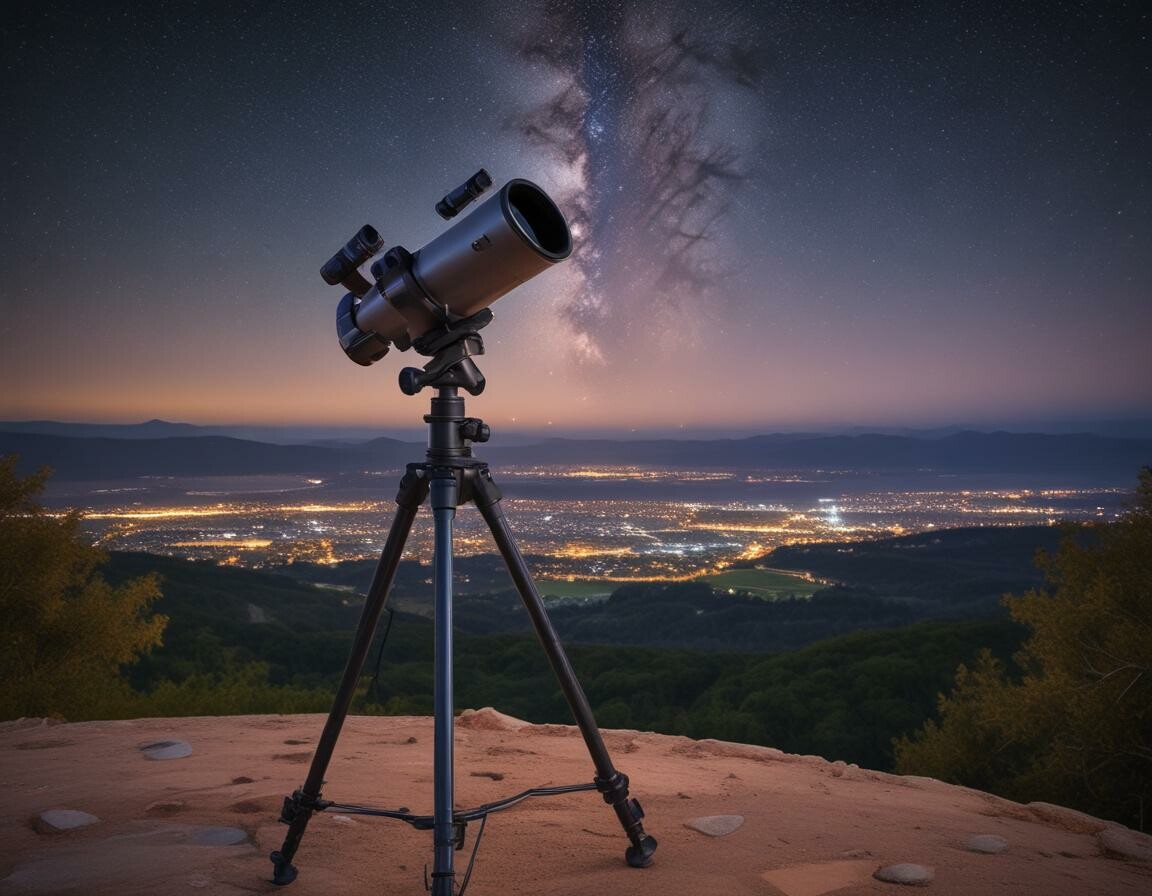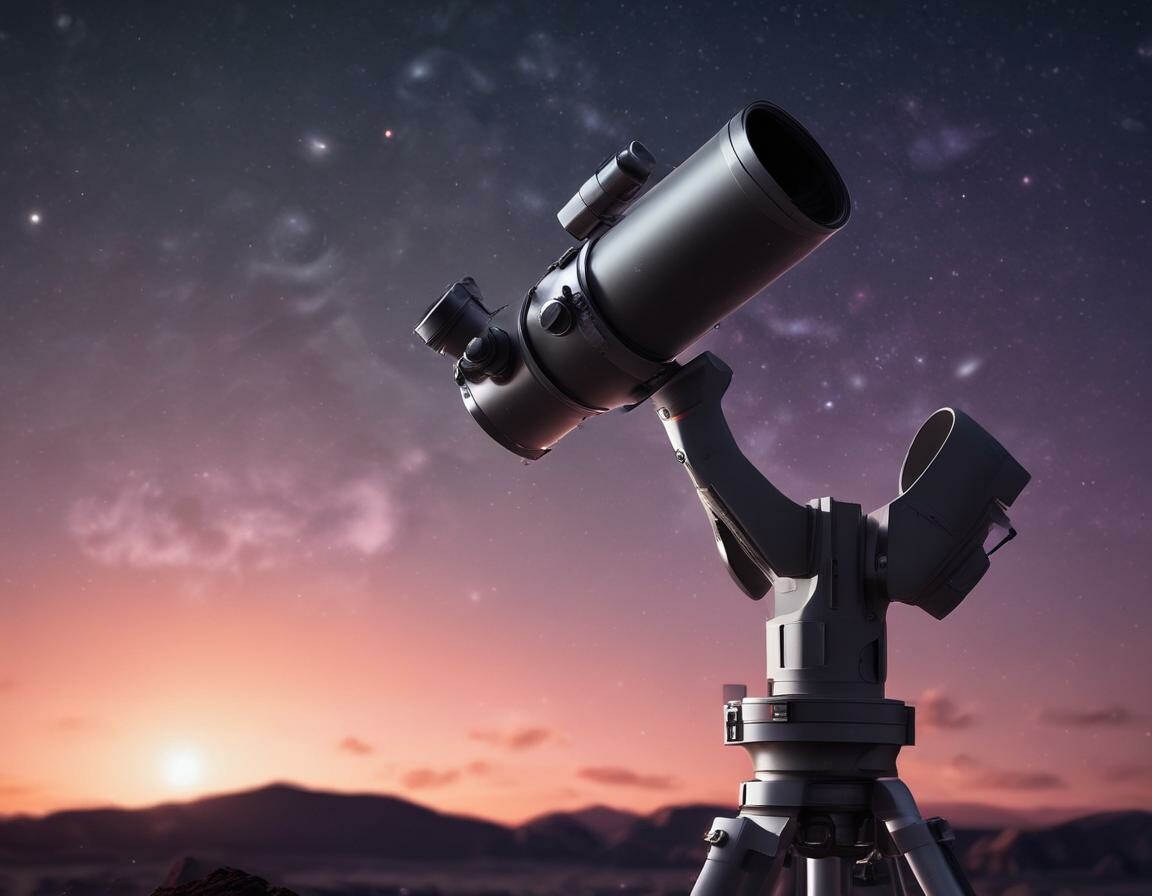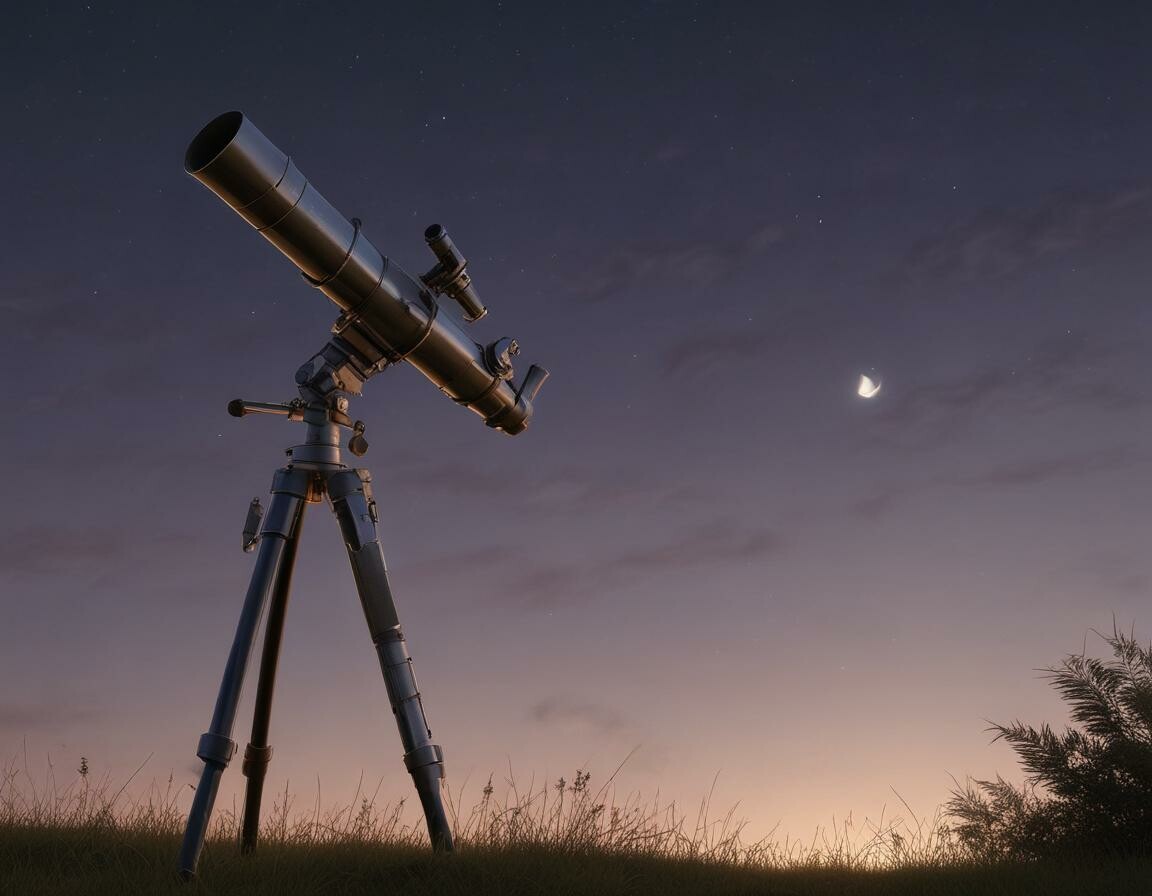Reflecting Telescopes
Reflecting telescopes have revolutionized the way we observe the cosmos, offering unparalleled clarity and depth. For astronomy enthusiasts and professionals alike, understanding these instruments can be the key to unlocking the mysteries of the universe. This guide dives deep into the intricacies of reflecting telescopes, addressing common challenges and providing insights that can elevate your stargazing experience.
Understanding Reflecting Telescopes
Reflecting telescopes utilize mirrors to gather and focus light, making them distinct from their refracting counterparts that rely on lenses. This design allows for larger apertures, which means they can capture more light and reveal fainter celestial objects. However, many enthusiasts struggle with the complexities of setup, maintenance, and optimal usage.
Why Choose Reflecting Telescopes?
Reflecting telescopes are favored for several compelling reasons:
Larger Apertures: They can be built with larger mirrors than lenses, allowing for better light collection.
No Chromatic Aberration: Unlike lenses, mirrors do not suffer from chromatic aberration, providing clearer images.
Cost-Effective: For the same aperture size, reflecting telescopes are often more affordable than refractors.
Common Challenges with Reflecting Telescopes
Many users encounter issues that can hinder their astronomical pursuits. These include:
Collimation: Keeping the mirrors aligned is crucial for optimal performance. Misalignment can lead to blurry images and frustration.
Maintenance: Dust and debris can accumulate on mirrors, affecting clarity. Regular cleaning and care are essential.
Transportability: Larger models can be cumbersome to transport, making it difficult to observe in different locations.
How to Overcome These Challenges
Regular Collimation Checks: Invest in a good collimation tool. Regularly check and adjust your telescope to ensure optimal performance.
Proper Cleaning Techniques: Use specialized cleaning solutions and soft materials to maintain mirror clarity without damaging the surface.
Choose the Right Size: If portability is a concern, consider a smaller model or a collapsible design that can be easily transported.
Advanced Techniques for Enhanced Observations
Once you have your reflecting telescope set up and maintained, it’s time to explore advanced techniques that can enhance your observations:
Utilizing Filters
Filters can significantly improve your viewing experience by enhancing contrast and reducing glare. For example, a moon filter can help reduce brightness, making lunar observations more enjoyable.
Astrophotography Tips
If you’re interested in capturing images of celestial bodies, consider these tips:
Use a Stable Mount: A sturdy mount is essential for long exposure shots.
Experiment with Exposure Settings: Adjusting your camera settings can yield stunning results, revealing details not visible to the naked eye.
Frequently Asked Questions
What is the best size for a beginner's reflecting telescope?
A 4 to 6-inch aperture is ideal for beginners, offering a balance between performance and ease of use.
How often should I collimate my telescope?
It’s advisable to check collimation before each observing session, especially if the telescope has been moved.
Conclusion: Explore the Cosmos with Confidence
Reflecting telescopes open up a world of astronomical wonders, but understanding their intricacies is essential for a fulfilling experience. By addressing common challenges and employing advanced techniques, you can enhance your stargazing adventures. Ready to take your observations to the next level? Dive deeper into the universe and discover the beauty that awaits you. Whether you’re a novice or a seasoned astronomer, the cosmos is calling—answer it with your reflecting telescope!
